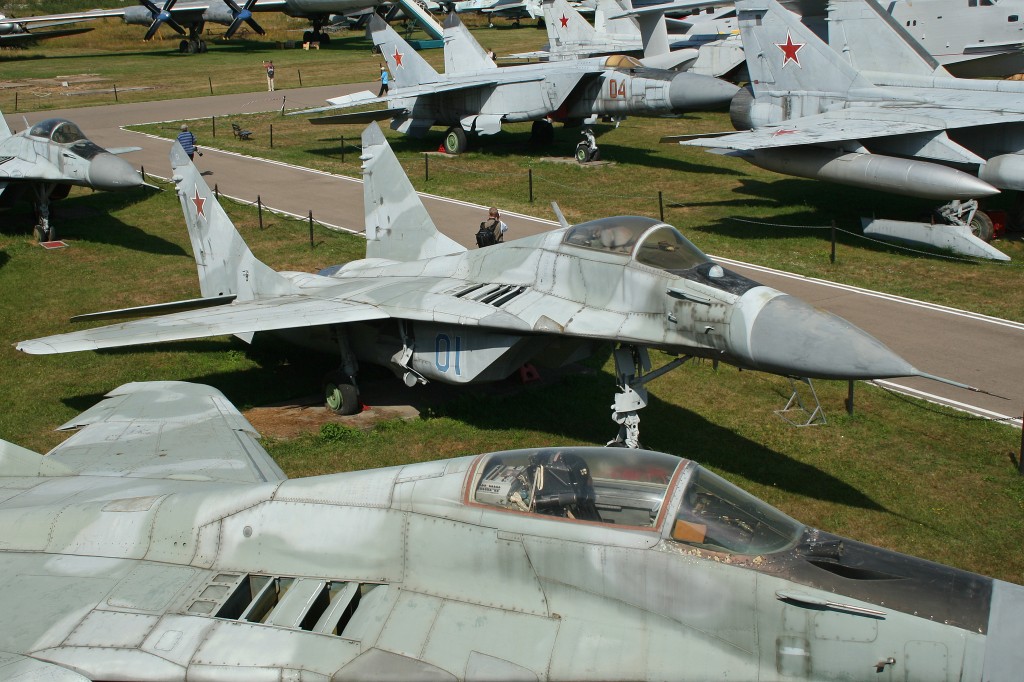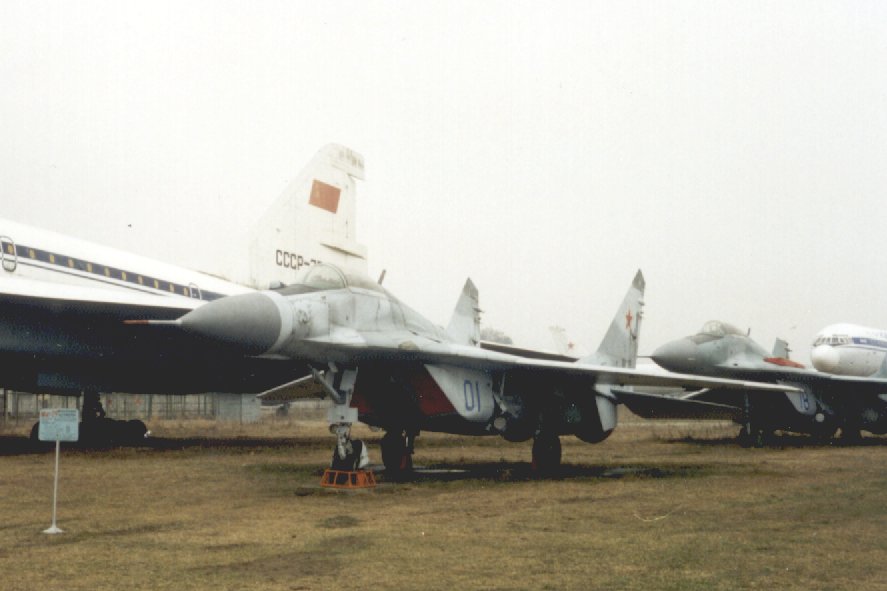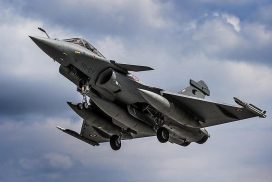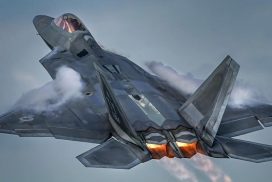The first prototype of the Mig-29, now on permanent display at the Central Air Force Museum in Manino Airfield 40 Kilometers east of Moscow. The prototypes nose wheels were in front of the nose intakes. It had to be moved back on production models so that it would not throw mud or dust and dirt from the runaways directly into the engines. Unlike it’s direct competitor the F-16, the MIG-29 had two engines instead of one. The soviet air force insisted on two engines as a safety factor because a number of single engined aircraft had crashed during pilot training.
On October the 6th 1977, Mig-29 prototype 901 took it’s first flight. The Mikoyan Bureau chose not to install fly by wire on the Mig-29, The MiG-29 has hydraulic controls and a SAU-451 three-axis autopilot but, unlike the Su-27. It is very agile, with excellent instantaneous and sustained turn performance, high-alpha capability, and a general resistance to spins. Some Soviet pilots found the MiG-29’s NATO reporting name, “Fulcrum”, to be a flattering description of the aircraft’s intended purpose, and it is sometimes unofficially used in Russian service.

On October the 6th 1977, Mig-29 prototype 901 took it’s first flight. The Mikoyan Bureau chose not to install fly by wire on the Mig-29, The MiG-29 has hydraulic controls and a SAU-451 three-axis autopilot but, unlike the Su-27. It is very agile, with excellent instantaneous and sustained turn performance, high-alpha capability, and a general resistance to spins. Some Soviet pilots found the MiG-29’s NATO reporting name, “Fulcrum”, to be a flattering description of the aircraft’s intended purpose, and it is sometimes unofficially used in Russian service.






